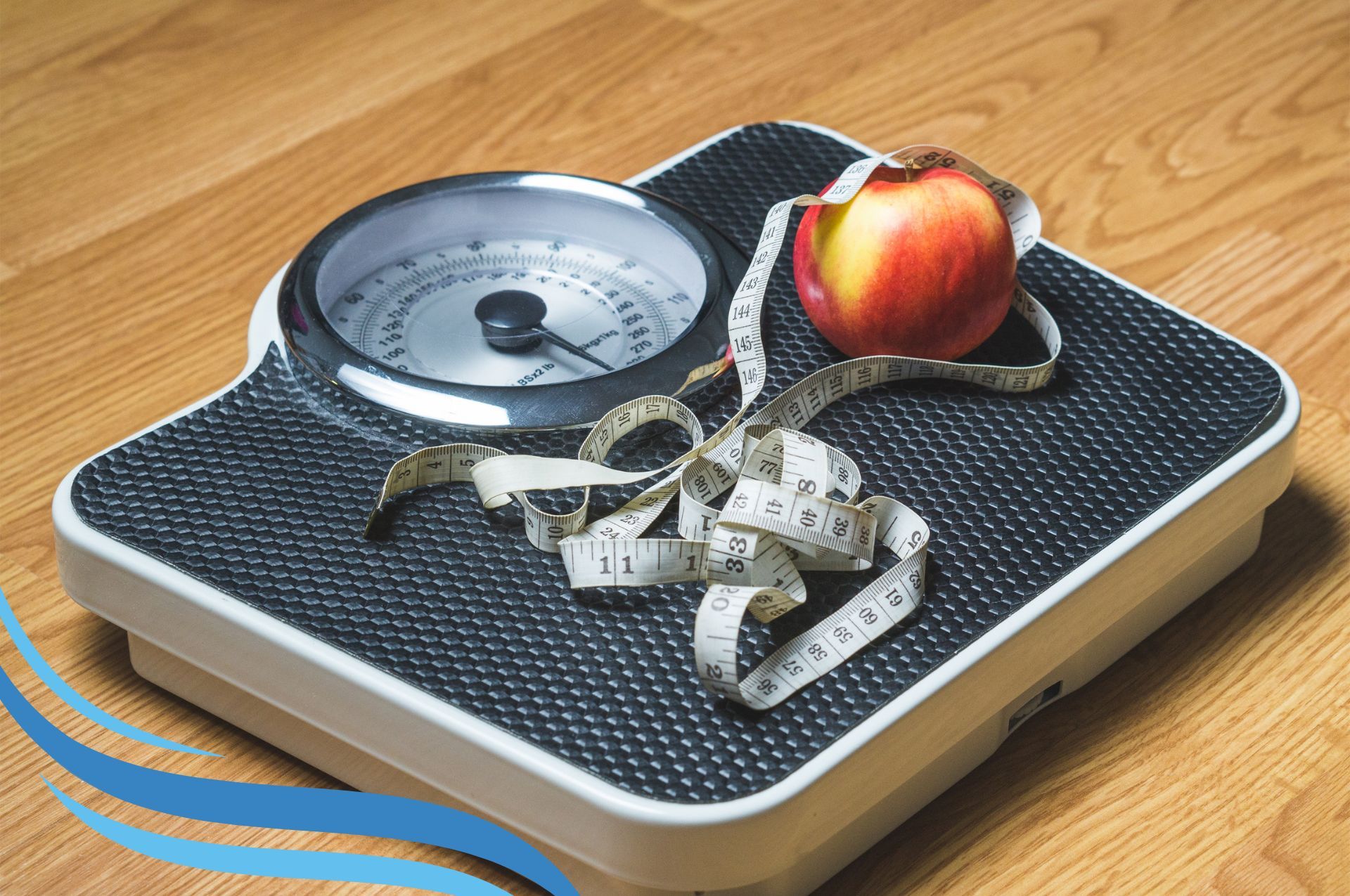“Do I Have Cervical Kyphosis?”: A Chiropractor’s Perspective
Every so often, I come across someone who’s been told, or believes, they have cervical kyphosis. It’s a term that sounds serious and often sparks fear, confusion, or a sudden identity shift: “I have a curved neck; I must be broken.” Today, I saw just that—someone on social media seeking help after self-diagnosing with cervical kyphosis.
As a chiropractor, I want to unpack what this diagnosis really means, and more importantly, what it often doesn’t mean. Because in most cases, what people are calling cervical kyphosis is either something else entirely—or something that can absolutely be managed.
So, what Is Cervical Kyphosis?
Cervical kyphosis refers to an abnormal curvature of the cervical spine (your neck), where instead of its normal gentle “C-shaped” lordotic curve, the neck curves the opposite way—into a kyphotic shape. This can compress nerves, affect posture, and in rare cases, impair spinal cord function.
According to the Mayo Clinic, true cervical kyphosis can cause symptoms such as:
- Neck pain or stiffness
- Radiating pain or tingling in the arms
- Weakness in the limbs
- Difficulty with balance or coordination (in more advanced cases)
But—and here’s the key—true cervical kyphosis is rare. Most people who think they have it actually don’t.
What it’s not
I often see patients who’ve fallen down a rabbit hole on Google, convinced that their forward head posture, text neck, or tight shoulders must mean they have cervical kyphosis. But those issues are postural—and although they can be uncomfortable, they’re very different from a structural spinal curvature that shows up clearly on X-rays or MRIs.
Other common culprits that get mistaken for kyphosis:
- Loss of cervical lordosis (a flattening of the natural curve, usually from muscle tension or poor posture)
- Myofascial pain syndrome (muscular knots and tightness)
- Postural fatigue from prolonged desk work or screen time
The good news? These issues are extremely treatable.
Causes of true Cervical Kyphosis
When it does happen, cervical kyphosis usually stems from:
- Spinal trauma or fractures
- Degenerative disc disease
- Surgical complications, especially following spinal fusions
- Congenital deformities, present from birth
- Infections or tumours (very rare)
If you’re dealing with any of the more serious symptoms I mentioned earlier—especially weakness, numbness, or coordination problems—you should absolutely speak to your GP or a spinal specialist.
Why diagnosis can be a double-edged sword
One of the biggest challenges I see as a chiropractor is when patients get attached to a diagnosis. Once they hear the term “cervical kyphosis”—even if it’s inaccurate—it becomes part of their identity. They stop seeking solutions and start living under the assumption that they’re broken.
But here’s the truth: a label doesn’t define your outcome. And even if there is some curvature in the spine, we can usually do something about the symptoms.
How Chiropractic can help
If you’ve been told (or think) you have cervical kyphosis, the first step is getting a proper assessment. At Kube Medical, I work closely with our physios and other therapists to figure out what’s really going on.
Often, it’s joint stiffness, muscular imbalance, or postural strain—all things that respond really well to chiropractic care.
In my treatments, I focus on:
- Joint mobilisation and adjustments to restore movement
- Soft tissue techniques to release tension
- Dry needling or SOT techniques, depending on what suits the patient
- Rehabilitation, often carried out with our physio team, to build strength and improve posture
Real results, when you put in the work
I’ll be honest—treatment isn’t a magic switch (and I hate the phrase “quick fix”). But I’ve seen fantastic outcomes in patients who are willing to put in the work.
We had one patient recently who came in panicked about their “kyphosis.” With a few weeks of hands-on care, followed by some solid rehab and postural changes, they were feeling stronger, straighter, and more confident—not because we changed their bones, but because we helped them move better and feel better.
The Bottom Line
If you’ve been told you have cervical kyphosis—or if you’ve diagnosed yourself after hours on Google—don’t panic. It may not be what you think. And even if it is, there’s often a path forward.
Pain and posture problems don’t have to be permanent. You just need the right support—and maybe a chiropractor who’ll give it to you straight.
Want to chat about your posture or neck pain? Come see us at Kube Medical in Swindon.
I’d be happy to take a proper look, cut through the confusion, and help you find a plan that works.
—
Erika
Chiropractor | Music lover | Movement advocate











